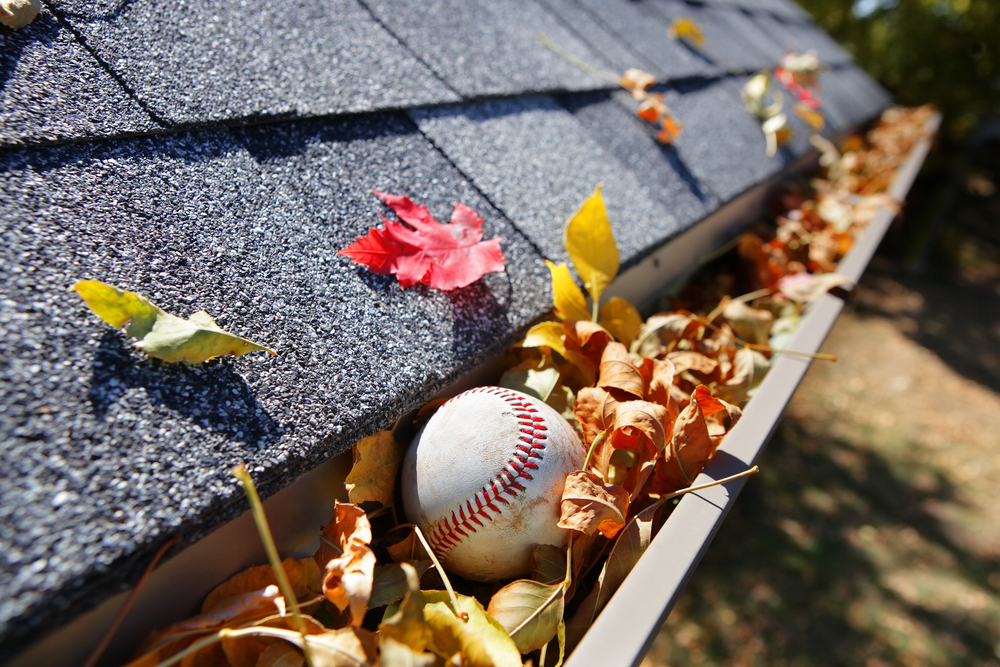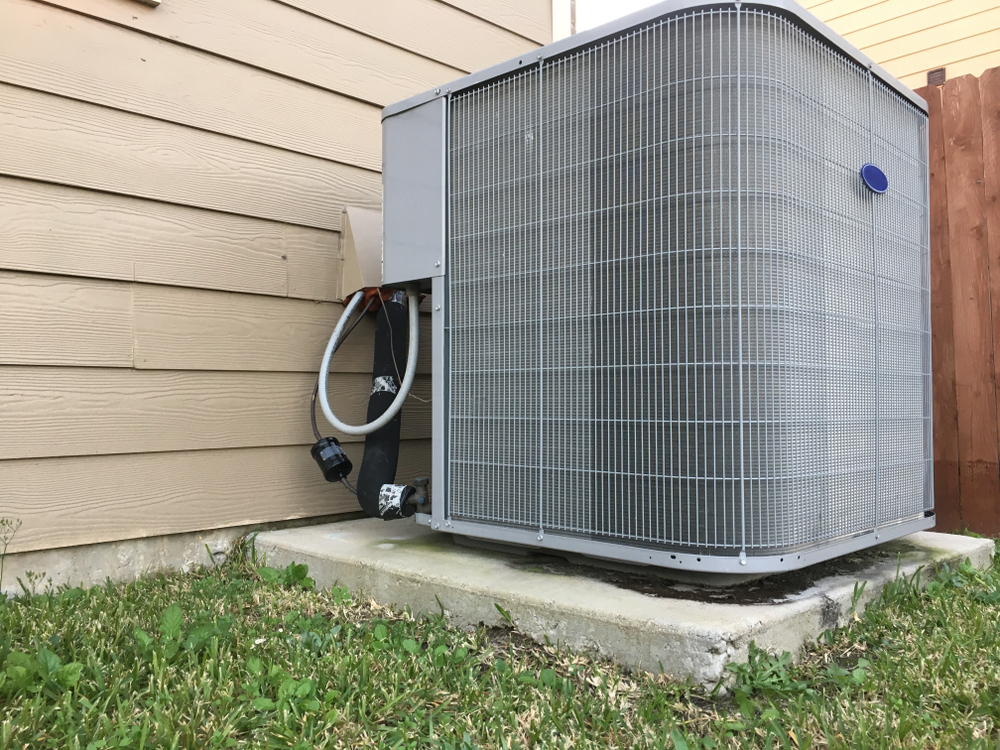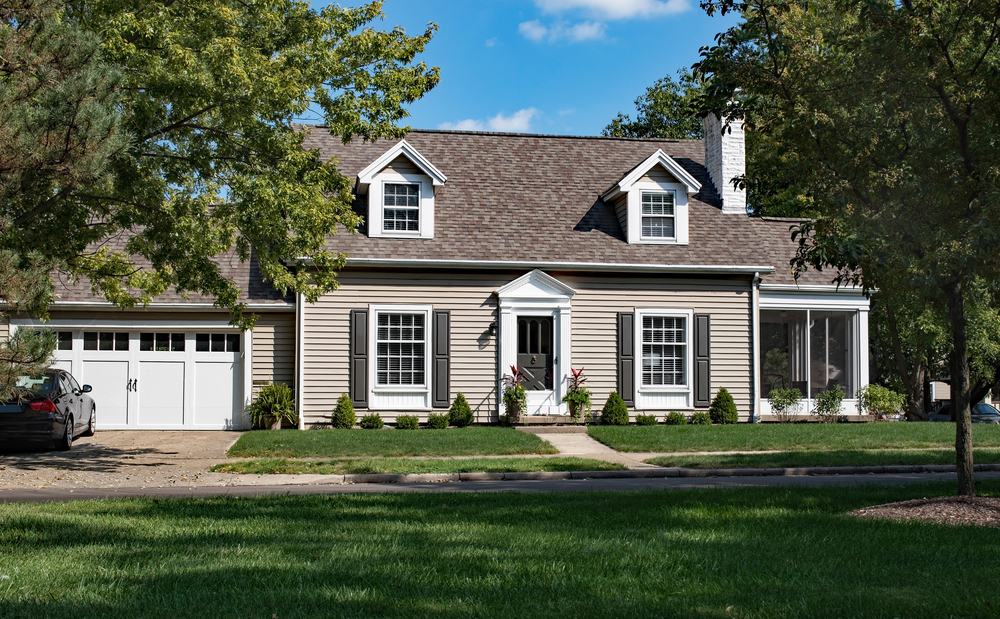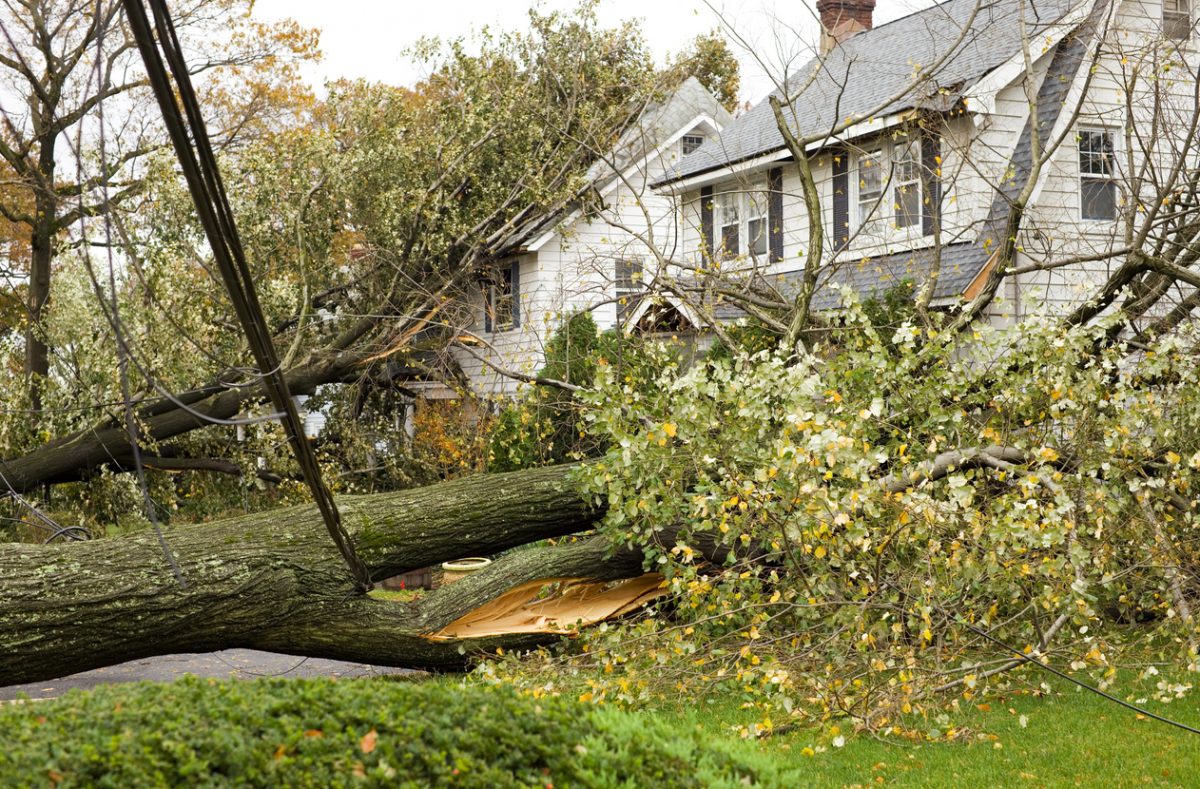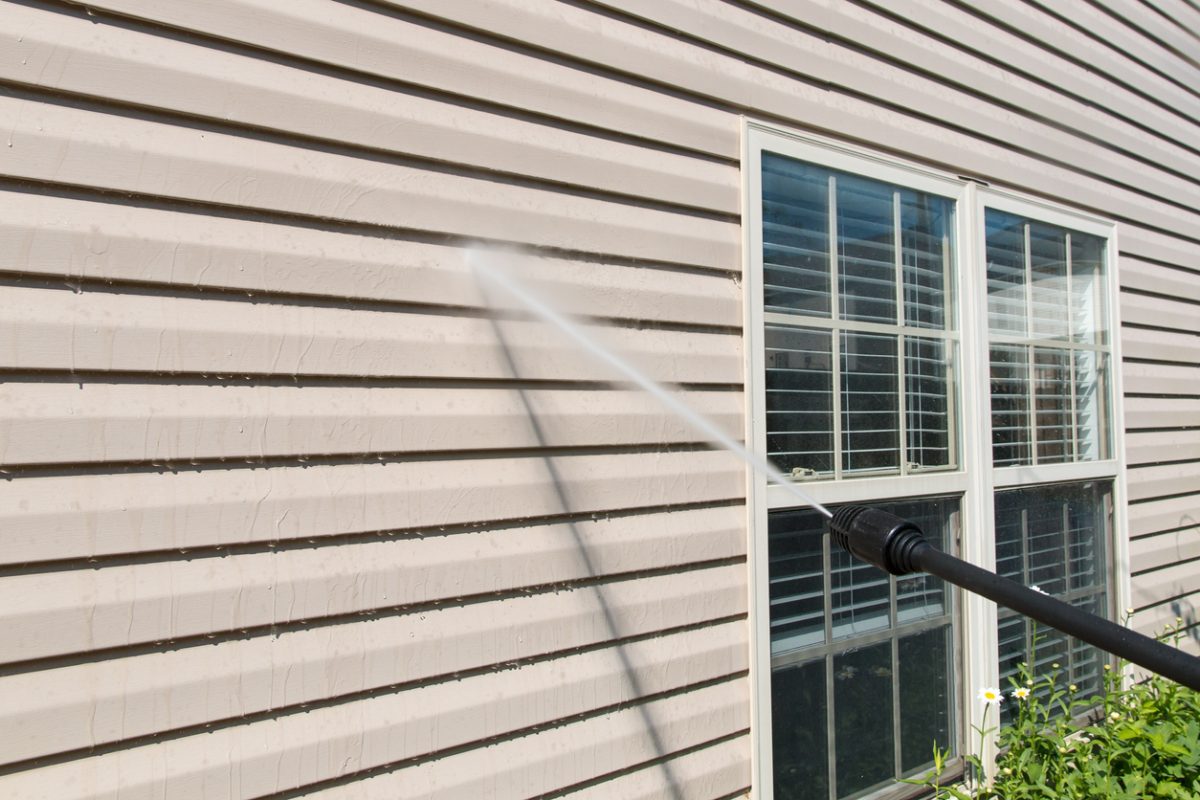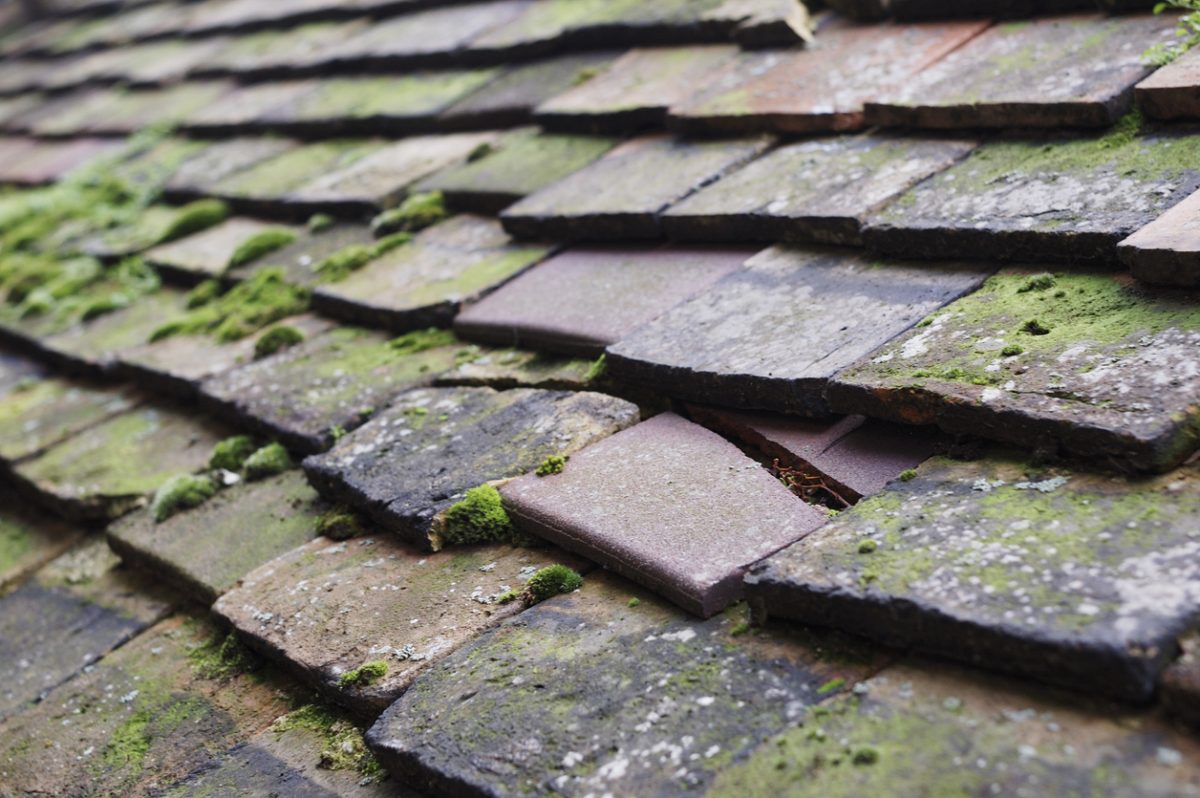Properly installed gutters help prevent landscape washout, termite infestation and undermined driveways, patios, and walkways. However, every home’s gutters will become clogged. Cleaning your gutters may seem like an unpleasant or pointless task, but it is one of the most important aspects of home maintenance. Here’s what you need to know:
Why Gutter Cleaning is Necessary
If your sink was clogged, would you call a plumber? The same goes for your clogged gutters. Cleaning your gutters and removing any debris helps to avoid large costs down the road.
You might be thinking, ‘well, I looked up my gutters, and I don’t see anything!’ You’d be surprised what can be caught up in your gutters out of eyesight. The best way to ensure your gutters are clear is to hire a roofing professional every six months. Ultimately, gutter cleaning is necessary to ensure no damage occurs to your home, especially your roof. Here are some of the items you may not expect us to find when cleaning your gutters:
1. Silt and Leaves
Silt is essentially dirty and other tiny particles, including leaves, that build up into a soil layer at the bottom of your gutters. Without climbing on a ladder and going up to take a look, you may not notice silt in your gutters, but leaves are easier to see from the ground. Silt is one of the most harmful build-ups for your gutters, as it can cause your gutters to clog and lose the ability to properly drain the water completely. Instead, water will trickle down the trap from the roof.
While silt is one of the most dangerous conditions for your gutters, leaves are probably the most frustrating. As mentioned, they can be easily seen and can ball up to clog every part of your gutters.
2. Living Plants
Your backyard isn’t the only place for a garden to grow on your property. If silt gets caught in your gutters, they will become the perfect environment for plants to grow. While this doesn’t typically sound like a bad thing, it’s not an ideal situation for the structure of your roof and your home.
3. Tree Particles
Living in an area with abundant trees is an excellent way to cool down your home and add to your landscaping, but pieces of those trees may pose a problem for your gutters. Tree branches, seeds, and flowers can all easily become lodged in gutters.
4 Animal Nests
Birds, squirrels, mice and other small wildlife are all adorable, but what they can do to your gutters is not so cute. These critters can make nests in your gutters because they are enclosed and usually have materials ready to use.
5. Toys
If you have children practicing sports in the backyard, it may not come as a surprise that sports balls and toys can make their way up to your gutters. These items may be invisible from the ground but can cause bad clogs if maintenance isn’t performed.
We’re all guilty of it – waiting until something becomes a problem before we take action. Preventative maintenance helps you avoid costly repairs, and our experts at Landmark Exteriors will take proper care of your home’s needs. To schedule your next appointment, contact us today!

